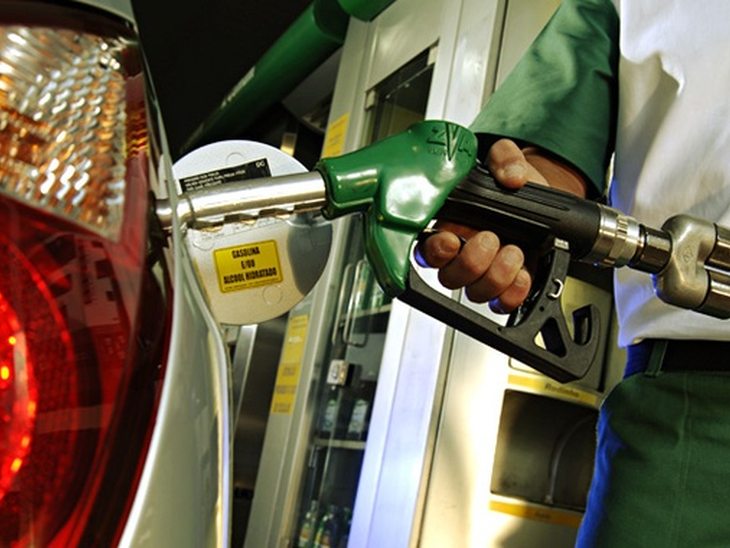
T&B Petroleum/Press Office Unica

Ethanol use fell by 16.7% in the first six months of this year in the country. From January to June, 8.96 billion liters were consumed. In the same period last year, there were 10.76 billion liters. In the main consuming states, the average fall was 15.1%, ranging from 7.9% in Mato Grosso to 21.7% in Paraná. In only two states, Amazonas (36.4%) and Tocantins (8.2%), there was an increase in demand. The data are from the National Petroleum, Natural Gas and Biofuels Agency (ANP) and were compiled by the Union of the Sugarcane Industry (UNICA)
In the comparison of June, ethanol consumption in 2020 totaled 1.33 billion liters, a volume 22.8% lower than that registered in the same month last year. Despite the significant falls recorded in the semester, consumption has been recovering. For the second consecutive month, the volume demanded grew by 5% in relation to the previous month.
When consumption is assessed by state, the greatest contraction was registered in the Southeast and Northeast regions in relation to the values observed in June 2019, with 35% and 33.2%, respectively. The Midwest region showed the lowest variation, with a 17.2% drop in renewable consumption.
The consumption of anhydrous ethanol, in turn, indicated a smaller retraction in relation to hydrated. The variation indicates a drop of 11% in the semester compared to the same period of 2019, with a total consumption of 4.44 billion liters. Taking into account only the consumption of June, the renewable gasoline additive totaled 735.07 million liters in 2020 against 797.99 million liters in the previous year, a reduction of 7.9%.
Renewable and competitive
Despite the significant drop in consumption of fuel from the Otto cycle (gasoline and ethanol) of 12.6% in 2020 compared to the first half of 2019, ethanol maintains its participation in the Brazilian fuel matrix at 47.2%. In the previous year, the index registered 48.1%.
“This result stems from the high competitiveness of ethanol in the main consumer centers compared to the fossil competitor. The consumer keeps his choice for a less polluting and cheaper fuel ”, evaluates Antonio de Padua Rodrigues, technical director of UNICA. ANP information compiled by UNICA indicates that price parity in the states of Goiás, Mato Grosso, Minas Gerais and São Paulo in June had a ratio of 68.9%, 61.7%, 65.8% and 65, 0%, respectively. In the national average, the relative price between ethanol and gasoline reached 66.5%, remaining below the technical reference of 70%.
In addition to the well-known economic benefits of using ethanol, one must always highlight the significant environmental gains for society when making the choice of supplying green fuel, such as the amount of greenhouse gases (GHG) that are no longer emitted in the atmosphere in relation to gasoline. In 2020 alone, the use of ethanol by the light vehicle fleet prevented the emission of 19.38 million tons of CO2eq.
“Ethanol reduces GHG emissions by up to 90% compared to gasoline. This great benefit is recognized by the National Biofuels Policy - RenovaBio, which will expand the sustainability of our transport matrix with the use of biofuels ”, adds Padua.

Contact us